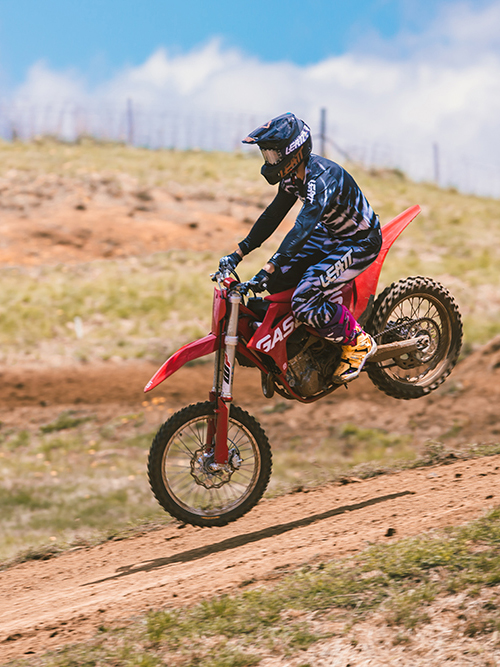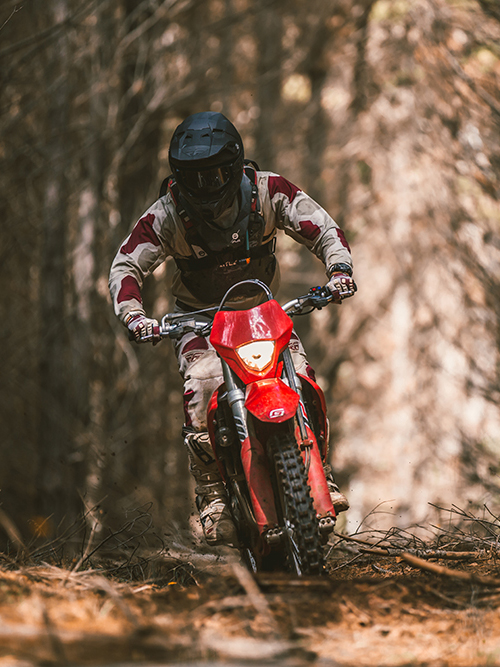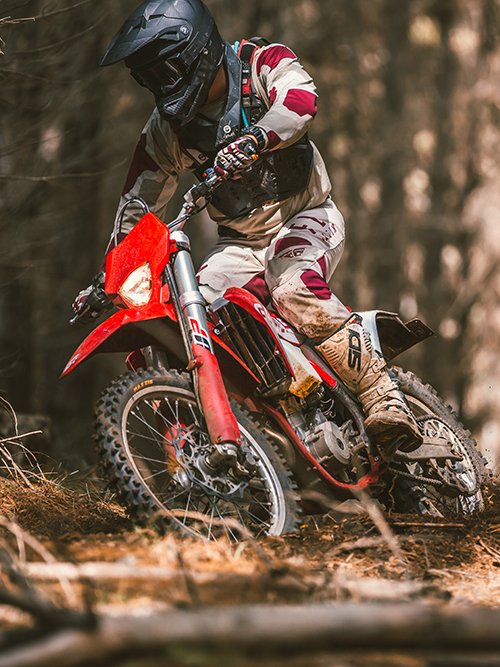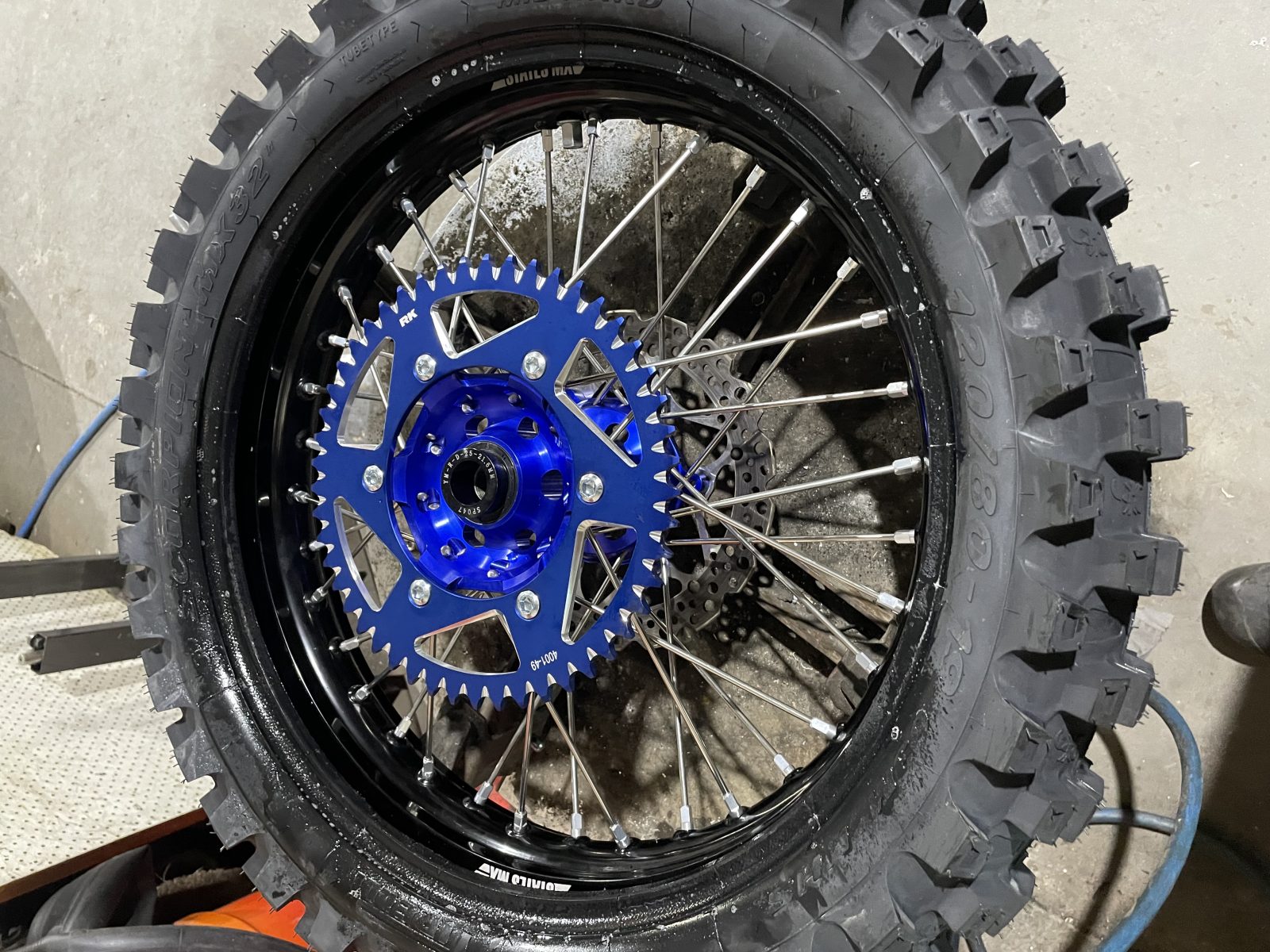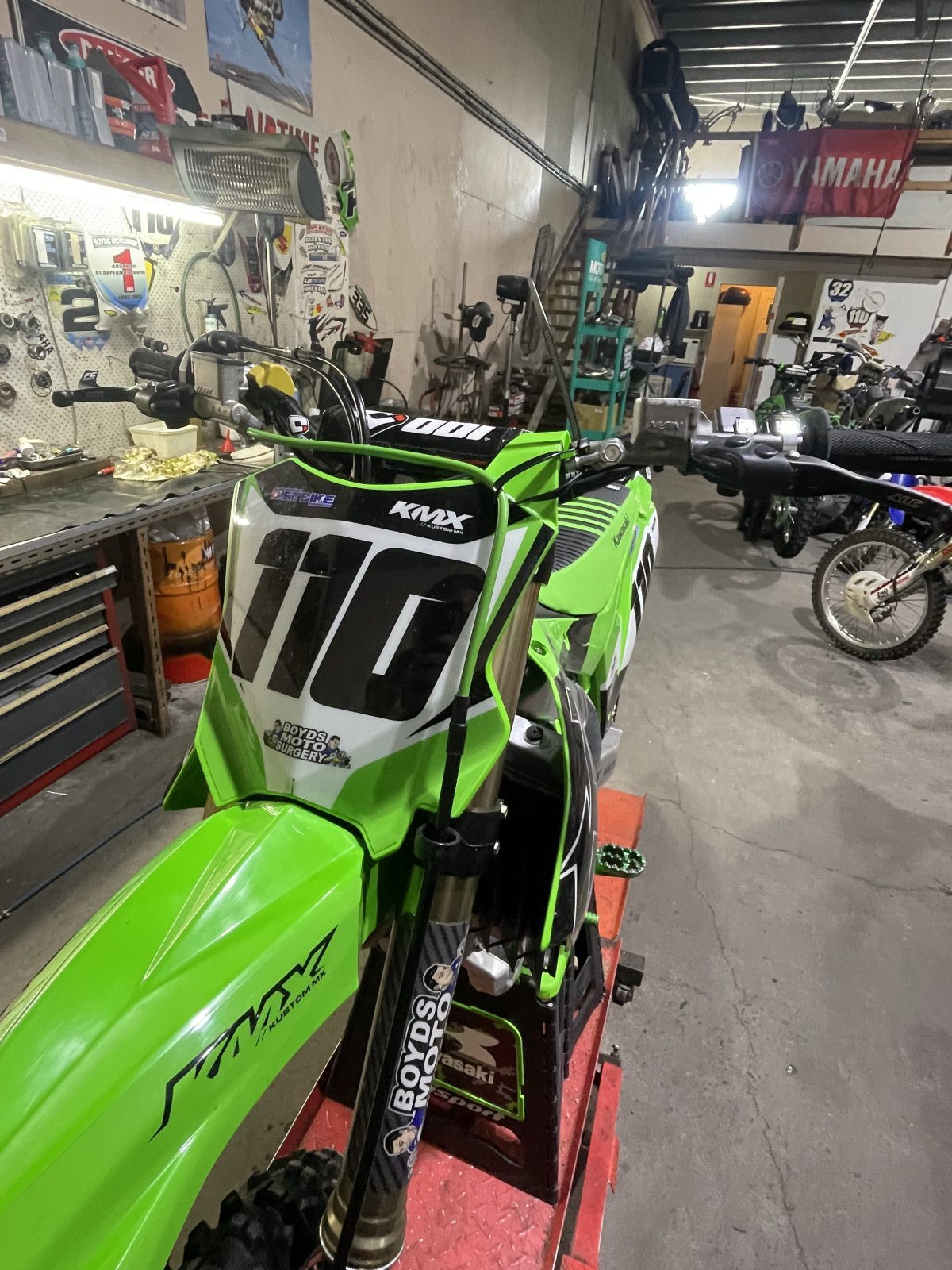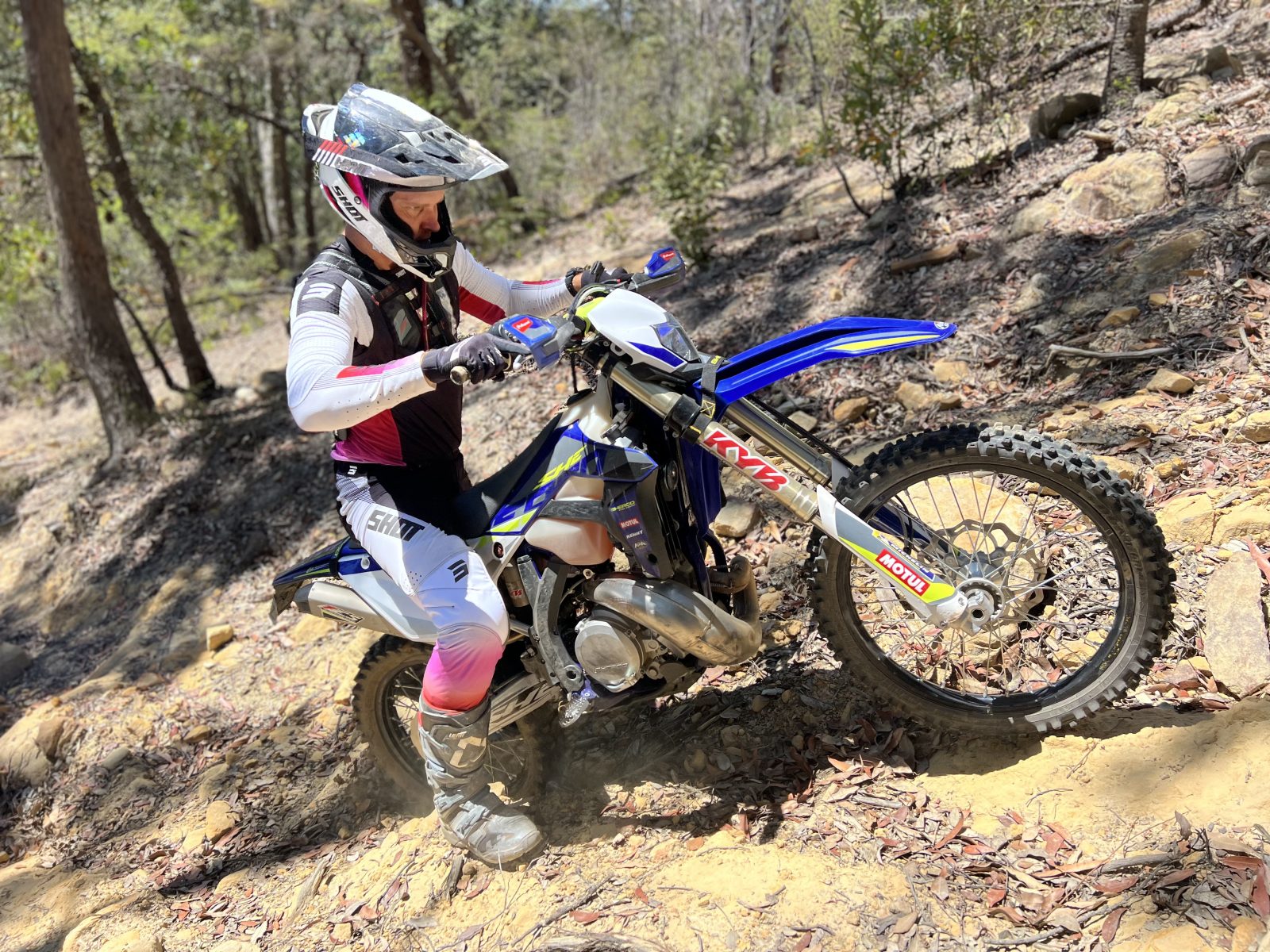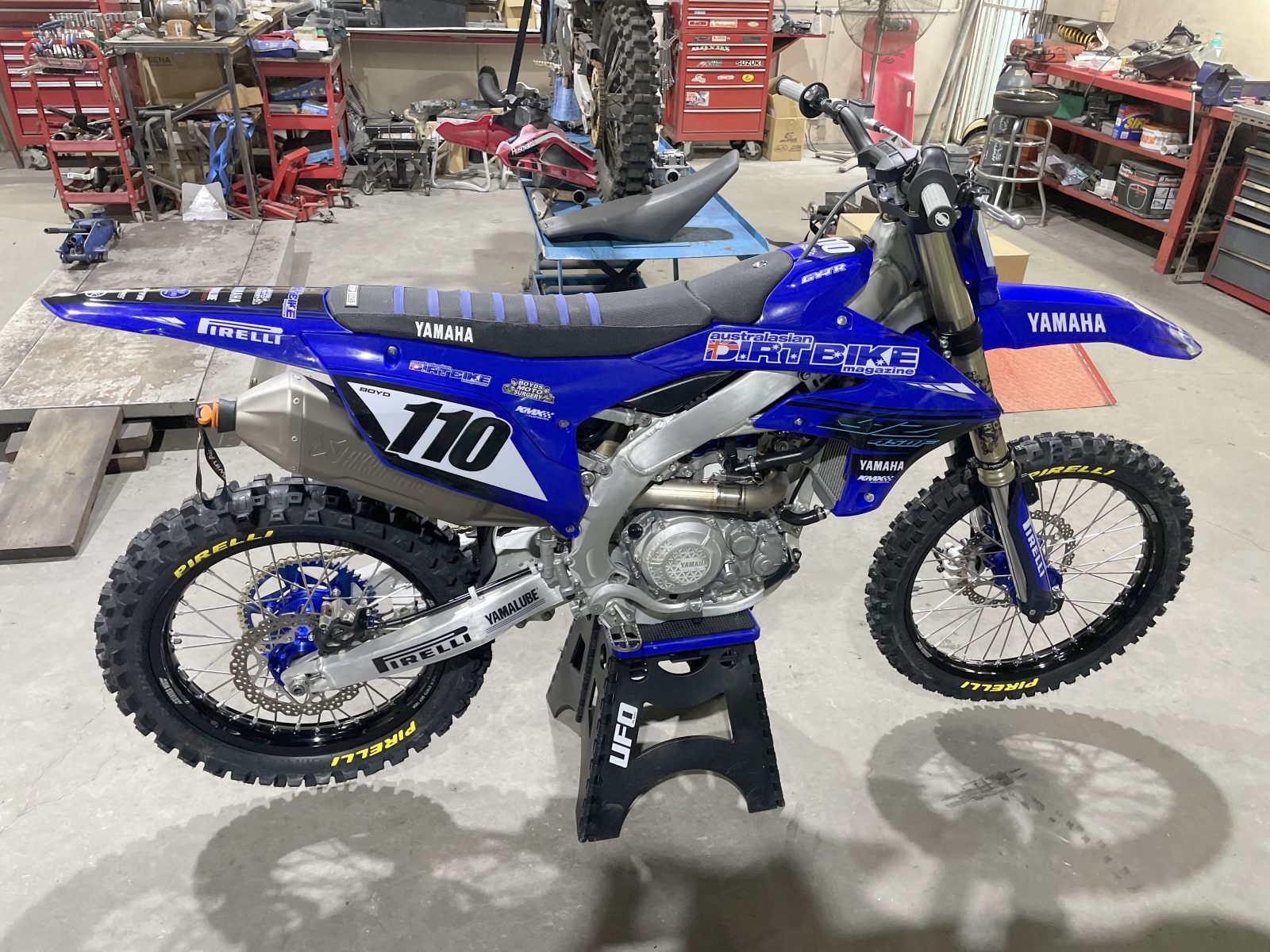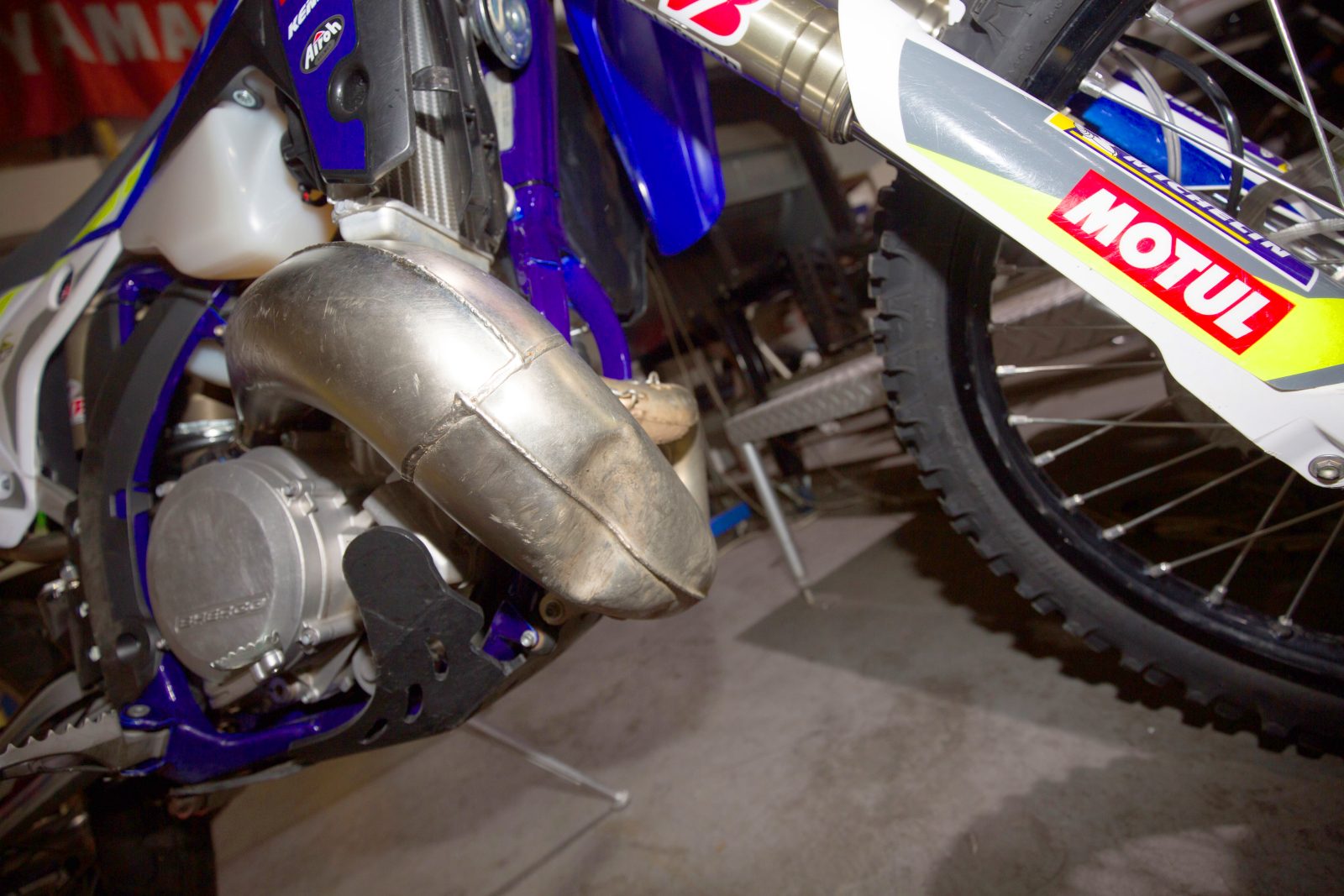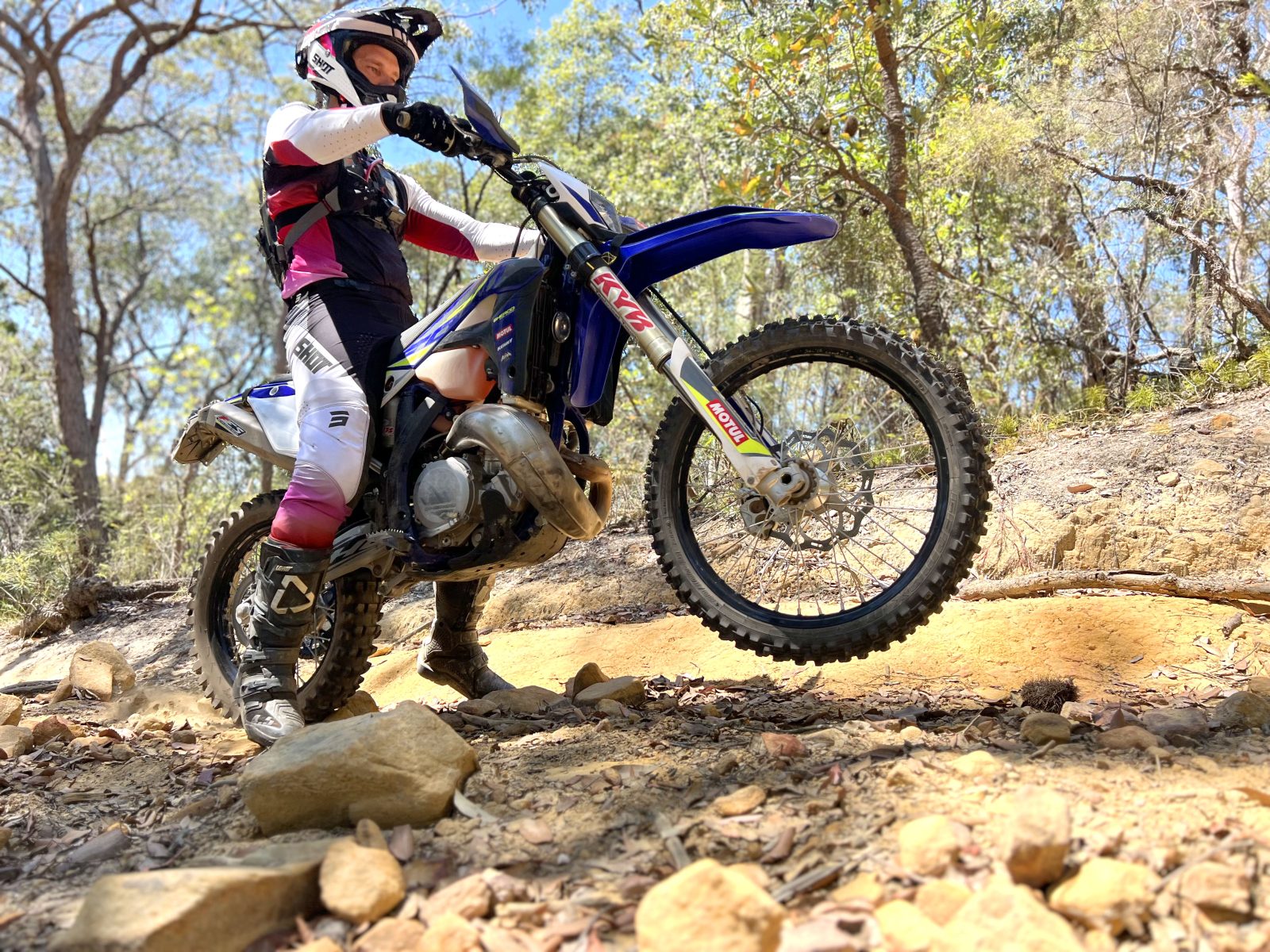Riding a dirt bike at a high skill level is not an easy thing to do. In fact, off road, motocross and supercross are some of the most physically demanding sporting disciplines in the world. Riders must not only have an excellent fitness base, but must also have the skill necessary to execute a series of advanced riding techniques that assist them in going faster and riding smoother.
This is an insight for the spectator or average rider, into how top riders push the boundaries and use their supreme skills to further their riding performance.
Using the rear brake in the air.
Riders use this technique to alter the attitude of the bike and the way it flies’ through the air by bringing the front wheel down to land on a downward angle. The clutch must be pulled in simultaneously to ensure the bike does not stall in mid-air.
Dragging the front brake in turns.
This is typically used in ruts during a turn, to allow the bike to turn a bit better with the steeper fork angle. Dragging the front brake also can be used in a faster turn putting more weight through the contact patch of the tire allowing it turn better.
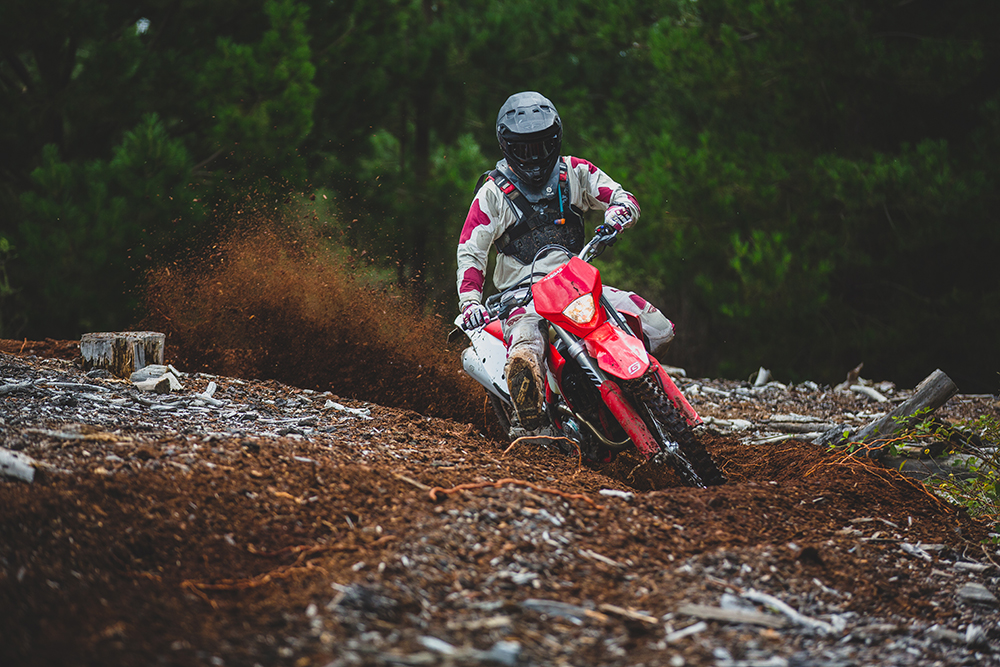
Rear brake over rough ground.
Dragging the rear brake, the rider can gain more consistent and smoother traction. It’s hard to master, as you must have a good feel of the rear brake while accelerating. During some styles of braking bumps using a little bit of rear brake with the power slightly on will prevent the chain from tightening, allowing the suspension to absorb the bumps a little better.
Higher Gear through bumps.
However the compromise of this technique is that it does not give you a fast acceleration. For example, a supercross rider will use higher gears while blitzing stutter bumps to help keep the back wheel straight. So using a higher gear can effectively achieve the same result as dragging the rear brake.
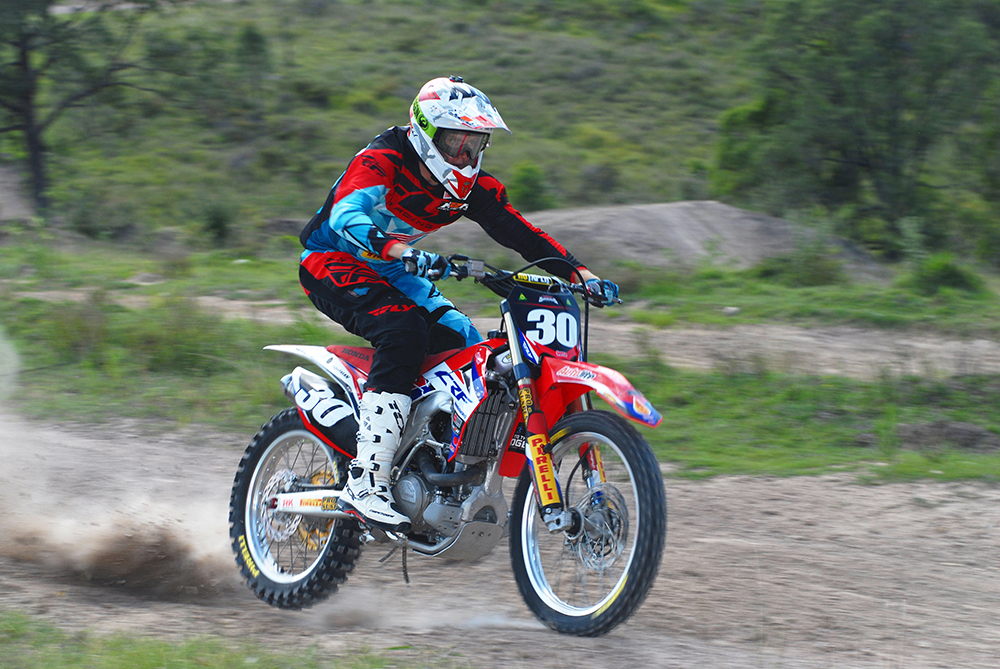
Scrubbing jumps
The reason riders scrub jumps is actually to keep the bike lower. To scrub a jump, a rider must first have good traction so that the wheels won’t slide on the up ramp of the jump. The rider then turns or arcs the bike on the up ramp as well as leaning it over, drawing his weight to the topside of the bike as he leaves the up ramp and into the air.
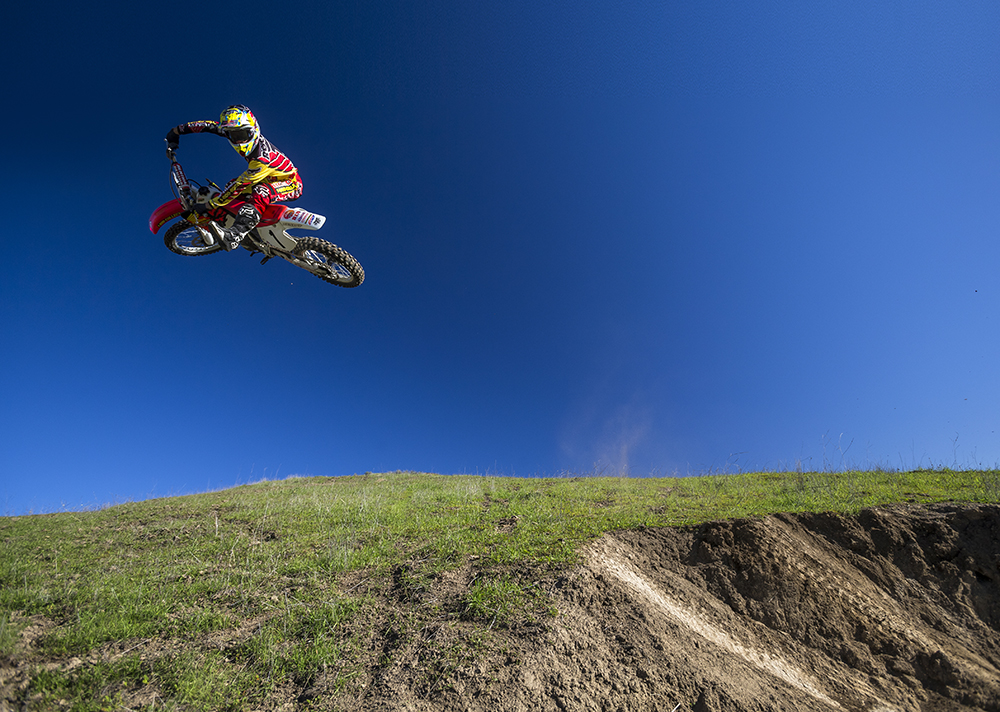
Creating Flow
A good consistent flow is achieved by maintaining momentum and using every centimeter of the track to link different lines together.
Line selection
It is very important to help them avoid braking bumps, trees, potholes and other obstacles. A rider has to look at every centimeter of the track to find the best lines.
Big bumps can form in turns under hard braking
A rider may use a quick blast of the throttle entering a turn as he is hitting the bumps, once again to soften the rear wheel to help absorb the bumps. The rider can also use this technique to double jump the braking bumps.
Weighting the outside foot peg
Through a corner, the rider will slide their backside to the outside edge of the seat and push down on the outside footpeg with their outside leg providing better weight distribution and better traction.
Positioning of a riders foot on the foot pegs
Some riders ride with the balls of their feet on the footpeg, allowing the ankle joint to work with the knees and the hip to absorb and act as extra suspension.
Wheel standing
Pulling a wheelie over bumps, whoops, tree branches and even low jumps can help absorb the upward motion keeping the bike low to the ground.
Seated jumping
Compressing the rear shock will allow longer jumping to clear an obstacle out of a turn.

